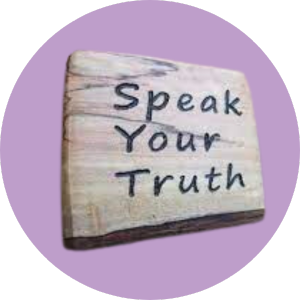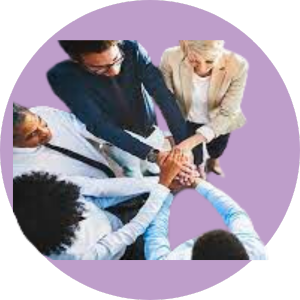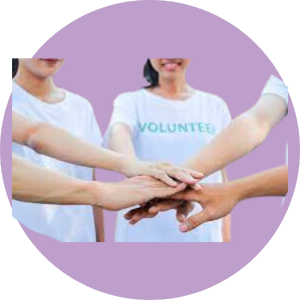The Dark Truth I Learned About Assault as a College Freshman
Many enter college with excitement, oblivious to the dangers that can occur. One writer shares her journey with discovering the truth.
Re-Learning to Love Yourself After Abuse
Loving yourself after abuse means allowing yourself to dance across–to and fro, weaving in and out of–the four Stones of Healing (self-study, self-love, self-compassion, self-awareness)… for the rest of your life.
Survivors in the Grey-Area: Intersecting Identities, Vulnerabilities, and Inequalities
Our identities are based on, among other aspects, our race, class, gender, sexuality, faith. What happens when the vulnerabilities and inequalities associated with each of these intersect? Survivors who are black women, pregnant working mothers, illegal immigrants or male could see their multiple identities interlock against them, but by analyzing their abuse through the lens of intersectionality we can better understand how to help.
Advocating for Teens in a Domestic Violence Relationship
TDV, just like domestic violence, is ruthless, and the road to recovery is often long and uphill. This is why it is an issue that should not be minimized and, instead, should be taken as seriously as intimate partner violence in adults. As seen in the survivor story above, it can affect survivors long after leaving the abusive relationship.
The Dangerous Reality of Stalking
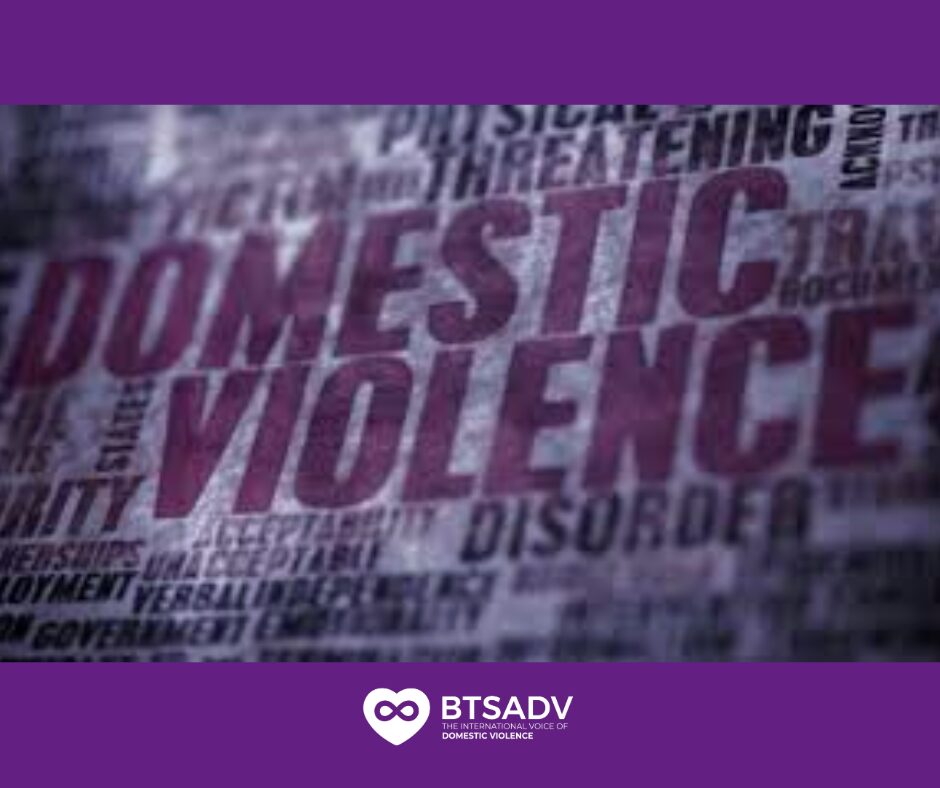
Stalking is not a playful matter. It is a dangerous reality for over 6 million people in the United States who are stalked each year.
Domestic Violence in Unexpected Places
When “heroes” become the perpetrators of abuse, there is a double-edged sword of action without consequence that makes situations like these especially dangerous for victims of domestic violence.
